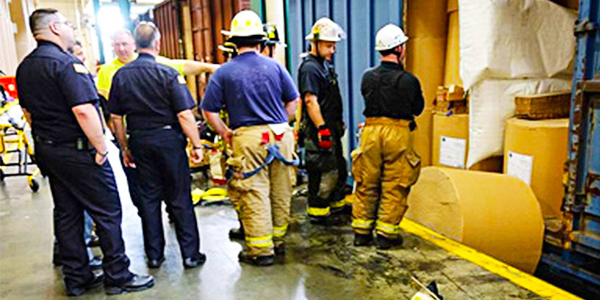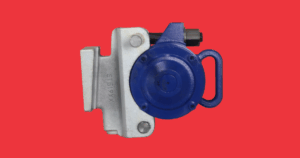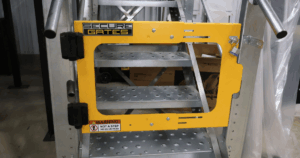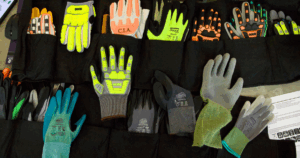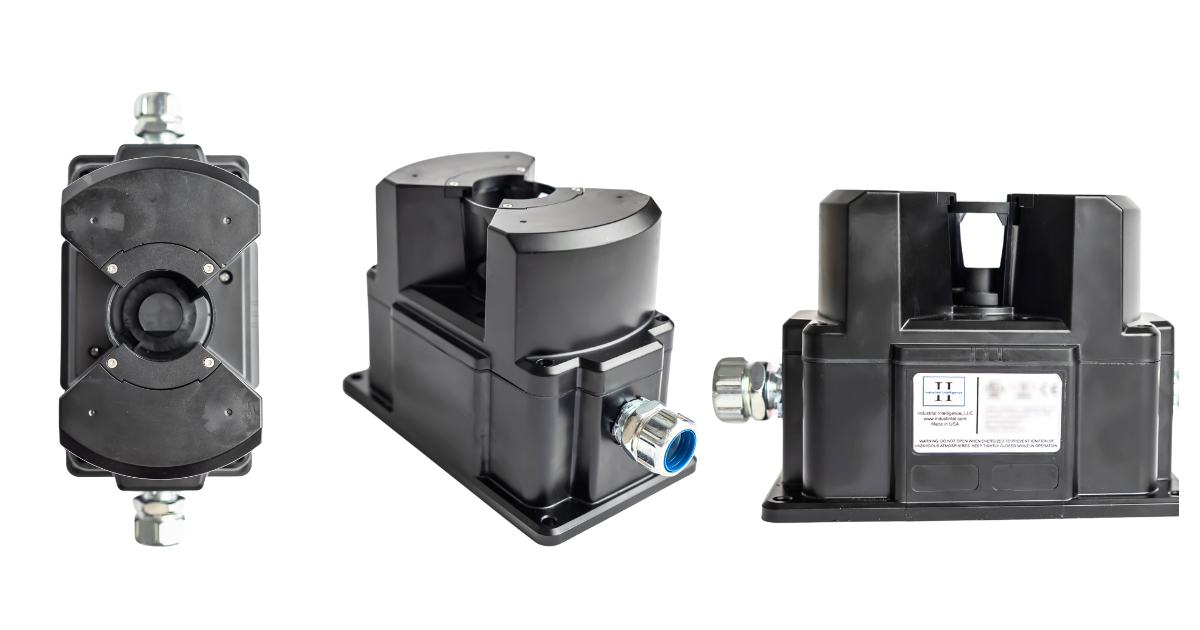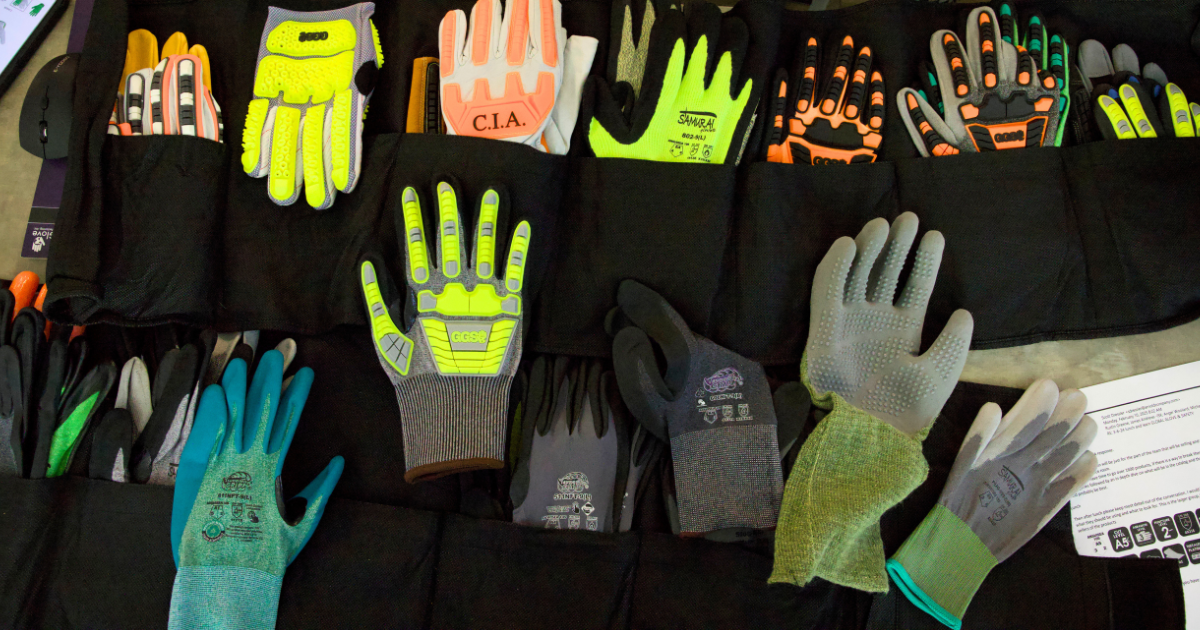Educate your operators on how to execute the boxcar unloading process safely and efficiently and equip them with the proper tools to get the job done.
Improve your operator’s boxcar unloading process by recognizing potential hazards and implementing key best practices:
Don’t: Expect every boxcar to arrive undamaged or properly loaded
In an operator’s ideal world, boxcars roll up to the dock in mint condition, packed to perfection and ready for unloading. Although, more often than not, an operator’s reality is facing boxcars that arrive with shifted loads, damaged doors or handles that stick or spin from added pressure. This not only slows down the overall unloading process, but compromises their personal safety.
Do: Inspect the boxcar door and opening mechanisms before attempting to open any boxcar
Prior to opening or closing boxcar doors, closely inspect door, tracks, retainers, stops, and operating mechanisms for obvious damage. Although it isn’t always possible to visually identify damage that will make it difficult or dangerous to open a boxcar, a complete visual inspection is a critical first step to safely unloading boxcars.
Do: Keep your operators out of harm’s way
Reduce the risk associated with damaged boxcars by adjusting the operator’s position in relation to the boxcar itself. Utilize a boxcar opener for sliding doors or plug doors (or both) that mounts to a forklift device or acts as a stand-alone unit.
Don’t: Damage or force open the boxcar with a forklift
Boxcars really take a beating when they are improperly forced open by a forklift or clamp truck. For efficiency’s sake and for reducing transportation costs, boxcars are usually a shared asset, and part of a pool. Unfortunately, when a boxcar arrives damaged, it can slow down or even halt the unloading process. All it takes is one delay to create a ripple effect that disrupts workflow and increase costs for everyone.
Do: Choose equipment that best fits the needs of your unloading environment
Boxcar openers minimize the hazards of opening and closing boxcar doors. At Arnold Company, we work to accommodate your operation’s unique needs, such as:
- The space available between the dock and the boxcar
- The location of the receiving dock in respect to your facility
- The type of boxcars received. For example, plug doors, sliding doors, or both
Don’t: Force open plug doors or sliding doors by hand that won’t move freely without the proper equipment
In many cases, this is impossible. And in almost every case, it’s unsafe. Opening boxcars manually becomes tricky due to unforeseen hazards such as handles that stick or spin, or loads that press up against the door creating tension.
Do: Use equipment designed with an emphasis on safety
Keeping employees safe can help you avoid unexpected delays due to injury. Avoid operator strain and injury from manually opening plug doors or sliding doors that may contain hazardous stored energy. Arnold Company’s solutions remove the operator from direct contact with the door and place them away from the danger zone when the door is opening.
Don’t: Emphasize speed over safety
Safety always comes first. Speed and efficiency are of course critical in the unloading process, but creating a safer workplace to prevent operator injuries remains non-negotiable. We begin the design process of our units with employee safety in mind.
Do: Educate operators on how improving safety contributes to increased productivity
There is a direct correlation between operators opening, unloading, and closing boxcars in a safe manner and increased productivity. Hazards and carelessness contribute to injuries and a decline in overall efficiency. Evaluate the risks and incorporate safer procedures.

